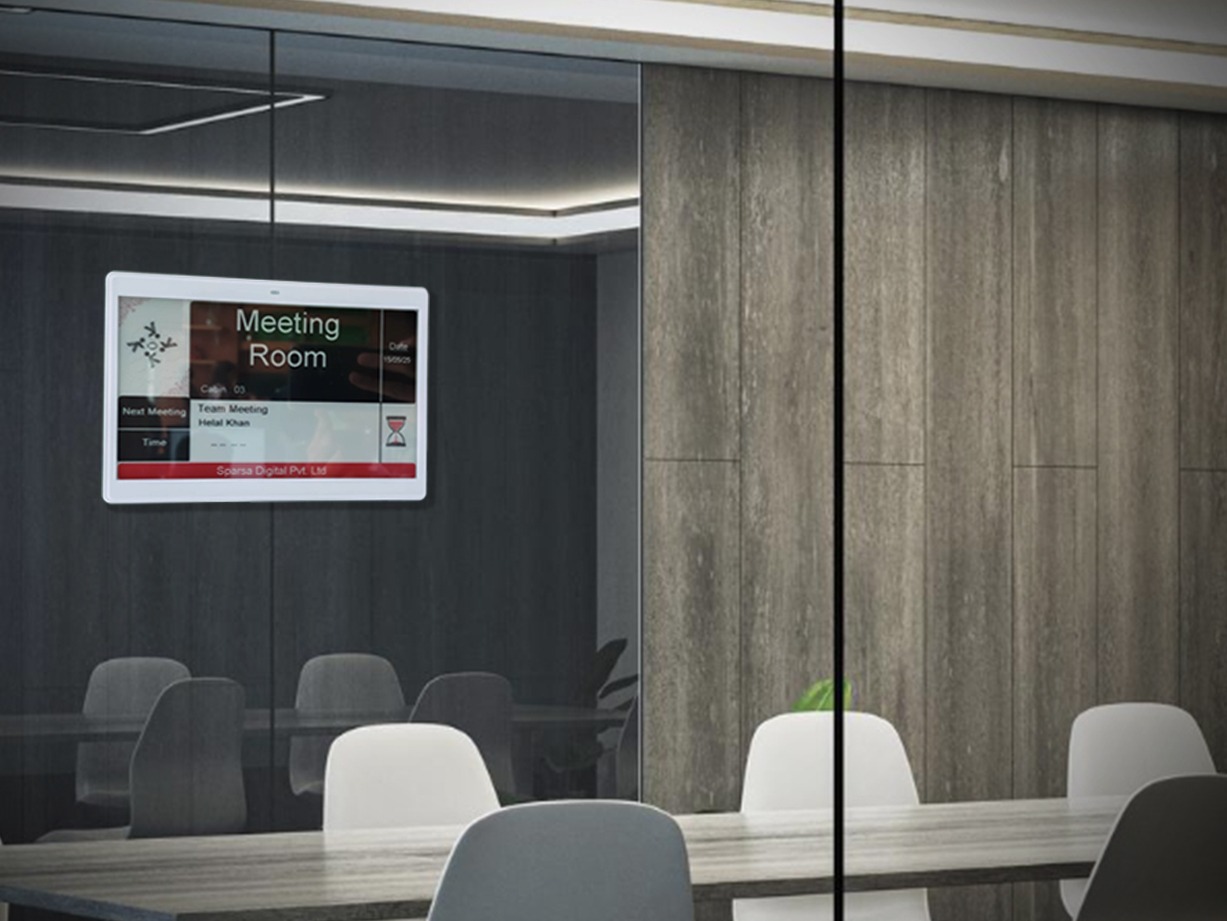Microsoft CFO calls for 'intensity' in an internal memo, after blowout earnings
-
Agreed. What even the fuck is that string of complete nonsense? These C-suite dipshits say it so much, someone is eating it up.
They're trying to tell their "stakeholders", employees, customer, shareholders, what to believe, what to think that's the bullshit dazzle spell to preserve your suspension of disbelief just a little longer.
-
They stopped venturing a long time ago. Microsoft should’ve been split up. Then maybe some of their consumer products would’ve survived and thrived. Even Windows OS seems like an afterthought these days.
I dunno. MS has become such a behemoth that us home users suffer nothing these days. Apparently they can pay enough, and enough workers, to keep consumer Windows alive. Why kill the golden goose? As to Office, that requires the bigger goose to run on top of.
Always an unpopular take around here, but I don't have 1/20th the issues lemmy tells me I should be enduring under Windows 11. No telling how old my install is. Started with Win10, years and years ago, swapped SSDs a time or two. Only reason I reboot is when the power blinks. (need a new UPS battery)
This from a guy that reinstalled Windows weekly in the 90s. Meh. Works fine now.
-
They're trying to tell their "stakeholders", employees, customer, shareholders, what to believe, what to think that's the bullshit dazzle spell to preserve your suspension of disbelief just a little longer.
That's the thing though. If I as an employee heard the CEO spout this crap, I would laugh at them. It's ridiculous. Use real sentences with real meanings.
-
That's the thing though. If I as an employee heard the CEO spout this crap, I would laugh at them. It's ridiculous. Use real sentences with real meanings.
That's why they're at the podium and expect peer pressure to keep everyone quiet until they can retreat back into their lair
-
The "someone" is the investors, or generally speaking, the market.
Major CEOs can't say they're taking a financial hit, for whatever reason. This is why I like working for small companies, and most Americans work for small businesses.
Last company: CEO announced to the board that he intended to lose money in order to build staff and products. Yes, he even included tech debt. The board applauded him.
Meh, we fucked around and still made a profit, so he gave the board the same report the following year, same results. We fucked around a made a profit. Again.
tl;dr: Don't mistake all CEOs for the bullshit you hear from Nadella and Musk and the like. Remember; You only hear crazy talk reported, because it's crazy talk.
I would say Nadella is the biggest bullshitter of them all. I don't think I've heard him speak a single non-bullshit sentence.
-
I mean, I don't disagree that that's historically what it's been. But increasingly, it seems like record profits just keep going through the roof no matter what. And record stock market numbers. And record everything. Nothing goes down, not substantially. Negative news seems to have no (net) effect anymore.
It's because they're concentrating all the wealth. The wealth in the US used to be far more distributed, with the majority existing in the large middle class. Reagan started the policy by Republicans to pass laws and regulations designed to benefit the wealthy at the expense of everyone else, and then Clinton got the Democrats on board with the same strategy. We're approaching the end game now where the middle and lower classes are nearly bled dry and the rich will start cannibalizing each other to be the last fattest rat in the garbage pile while the entire US economy collapses around them. Be on the lookout for the smarter rats to start fleeing the ship by transferring as much wealth as they can into foreign assets that will survive the collapse of America.
-
"We're entering FY26 with clear priorities in security, quality, and AI transformation, building on our momentum and grounded in our mission and growth-mindset culture," Hood wrote, mentioning Nadella's email. "Both the pace of change and customer expectations are continuously accelerating."
Hood's email, notably, didn't mention Microsoft's recent workforce cuts, which have exceeded 10,000 this year even as profit swells. Nadella's email last week attempted to explain this "seeming incongruence" as the "enigma of success." Some employees weren't satisfied with the explanation.
These people get paid so much for spouting this utter bullshit every day. I hope they have moments when they realize the hollowness of what they do.
customer expectations are continuously accelerating
Just make a functional OS that doesn't get in user's ways. Those are the expectations.
-
- cloud services exceeded $75 billion
- Office productivity software and LinkedIn, delivered $33.11 billion in revenue
- Personal Computing unit, which encompasses Windows, search advertising, devices and video games, totaled $13.45 billion
Writing is on the wall. Xbox and Windows made money, but a fraction of what Office and enterprise services made.
its like what AWS for amazon, its delivery/online market pale in comparison to thier licensing to the govt and other services.
-
cross-posted from: https://lemmy.world/post/33767928
Publicly traded companies have to continually make more money than they did last month, last quarter, same time last year.
Failing to do so means they are somehow "losing" money that is "rightfully owed" to them and the stock market punishes them.
It doesn't matter if you're profitable or not, so long as you're continually making more money.
-
Vertical integration. Windows underpins Office, and even cloud services.
Xbox though, they've already pretty much written its epitaph.
Xbox is actively being dropped from Target and Walmart, but it doesn't help that the push is for digital games with no physical presence in stores.
-
"We're entering FY26 with clear priorities in security, quality, and AI transformation, building on our momentum and grounded in our mission and growth-mindset culture," Hood wrote, mentioning Nadella's email. "Both the pace of change and customer expectations are continuously accelerating."
Hood's email, notably, didn't mention Microsoft's recent workforce cuts, which have exceeded 10,000 this year even as profit swells. Nadella's email last week attempted to explain this "seeming incongruence" as the "enigma of success." Some employees weren't satisfied with the explanation.
These people get paid so much for spouting this utter bullshit every day. I hope they have moments when they realize the hollowness of what they do.
I wounder how this person defines quality in their mind?
-
customer expectations are continuously accelerating
Just make a functional OS that doesn't get in user's ways. Those are the expectations.
Microsoft doesn't expect growth in their OS offerings. These days all their focus is on AI and cloud.
-
"We're entering FY26 with clear priorities in security, quality, and AI transformation, building on our momentum and grounded in our mission and growth-mindset culture," Hood wrote, mentioning Nadella's email. "Both the pace of change and customer expectations are continuously accelerating."
Hood's email, notably, didn't mention Microsoft's recent workforce cuts, which have exceeded 10,000 this year even as profit swells. Nadella's email last week attempted to explain this "seeming incongruence" as the "enigma of success." Some employees weren't satisfied with the explanation.
These people get paid so much for spouting this utter bullshit every day. I hope they have moments when they realize the hollowness of what they do.
They know every single word is hollow. Eat it and rejoice peasant. Are you not filled?
-
They stopped venturing a long time ago. Microsoft should’ve been split up. Then maybe some of their consumer products would’ve survived and thrived. Even Windows OS seems like an afterthought these days.
Wait until Windows SE (subscription edition) comes out and you have to pay for it monthly.. that'll get those numbers up!
-
Publicly traded companies have to continually make more money than they did last month, last quarter, same time last year.
Failing to do so means they are somehow "losing" money that is "rightfully owed" to them and the stock market punishes them.
It doesn't matter if you're profitable or not, so long as you're continually making more money.
They actually have a legal obligation to maximize profits. It's insane.
-
The "someone" is the investors, or generally speaking, the market.
Major CEOs can't say they're taking a financial hit, for whatever reason. This is why I like working for small companies, and most Americans work for small businesses.
Last company: CEO announced to the board that he intended to lose money in order to build staff and products. Yes, he even included tech debt. The board applauded him.
Meh, we fucked around and still made a profit, so he gave the board the same report the following year, same results. We fucked around a made a profit. Again.
tl;dr: Don't mistake all CEOs for the bullshit you hear from Nadella and Musk and the like. Remember; You only hear crazy talk reported, because it's crazy talk.
Kinda like HMOs. You only hear about the bad ones because people in good ones don't bitch about them at every opportunity.
-
The money is real. Perhaps you don't work somewhere that pays to use Microsoft Enterprise services, but there are many and a lot are huge. Those companies build and/or do tangible things that others or consumers buy.
That doesn't mean the money is real.
-
That doesn't mean the money is real.
If we're going to get into a debate about what money is and represents, you might have an argument. If we accept that we use currency to exchange for goods, services, and labor, it is real money.
-
If we're going to get into a debate about what money is and represents, you might have an argument. If we accept that we use currency to exchange for goods, services, and labor, it is real money.
Then what is the function of the stock market for the economy?
You are arguing for an extremely simplistic vision of money that does not exist.
-
cross-posted from: https://lemmy.world/post/33767928
God I can't wait to get out of the grind.
I'm over halfway to freedom, I really want FIRE so I never have to deal with this corporate bullshit again.






